I’m not talking about “no dig”. I am no fan of Charles Dowding. I don’t dislike the man either, I just think he’s got a lot to answer for. Suddenly, there are legions of born-again no-diggers, roaming the streets and social media sites, waiting to pounce on some poor, unsuspecting allotmenteer and talk their hind legs off like members of some wacky religious cult. I’m too old and tired to involve myself with any of that.
I do like a nice raised bed though. Don’t get me wrong – I like a neat and orderly traditional allotment too. My neighbour’s allotment is stunning. But I have come to understand that I’m simply not capable of that. I do not have the time to invest. When I attempted it (for several years) I just ended up in a big mess. This was the result, and it was hideous.
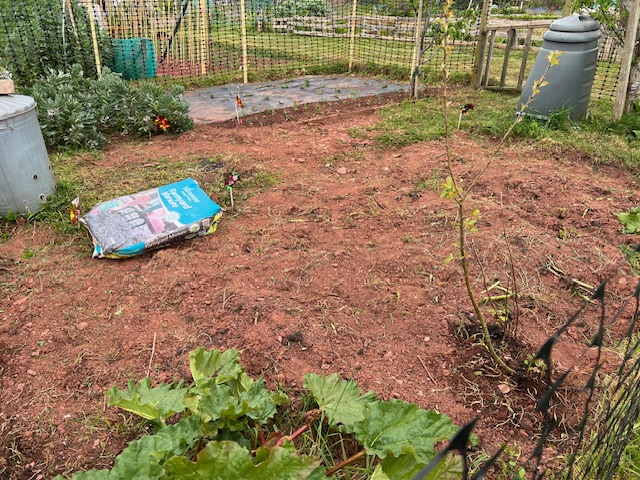
In fact, it was far worse than that, but we don’t catalogue our failures, do we? I cringe when I look back.
I can’t always guarantee I’ll get up to the allotment every day. Some weeks I do. Last week I put in a five hour stint every single day – slogged my guts out too – but that is practically unheard of. With a four and a seven-year-old, we play a pretty consistent game of pass-the-parcel with bugs (one off one week, the other the next, then me getting sick) that can easily wipe out several weeks of any kind of meaningful work beyond a bit of watering and weeding. Even that isn’t possible on a daily basis. For me, raised beds are a must, although I can quite understand why other people prefer to do it the other way.
The year I installed my raised beds, I’d estimate it cost me somewhere in the region of £500. Yes, that is a ridiculous amount of money. I paid £15 for each pallet collar and bought seven, initially, restricted to one Facebook Marketplace seller in the local vicinity. The beds themselves came to £105, then there was Cuprinol paint (in Barleywood), damp coursing to line them with (I wanted to line them in long-lasting plastic to extend their lifespan), and a Stanley staplegun and staples (which I expected not to rust, but was unpleasantly surprised). Then there were rebars and blue plastic piping, weed membrane, netting, and an inordinate amount of woodchip and compost. I also invested in a wooden post/plastic mesh fence. The latter is completely ineffective at keeping pests out (particularly the two-legged kind pinching my strawberries), but does provide a visual barrier to keep the dog and children in.
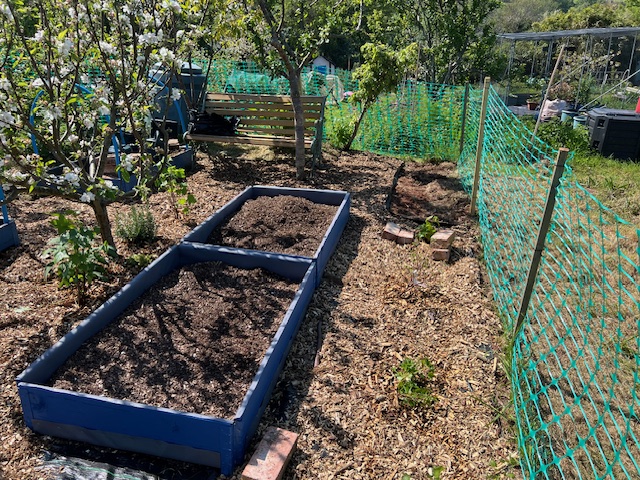
I know. It’s a stupid amount of money. I’ve completely negated the argument about the cost effectiveness of allotmenteering. But I was in a hurry, and I just wanted it done. Two years later, I’ve just replaced the bark chipping paths for free, which has provided me with ten bags of free compost with which to fill my new raised beds. As luck would have it, the allotment now has a supply of free woodchip. The raised beds themselves are holding up fine, so hopefully this arrangement should last for some time.
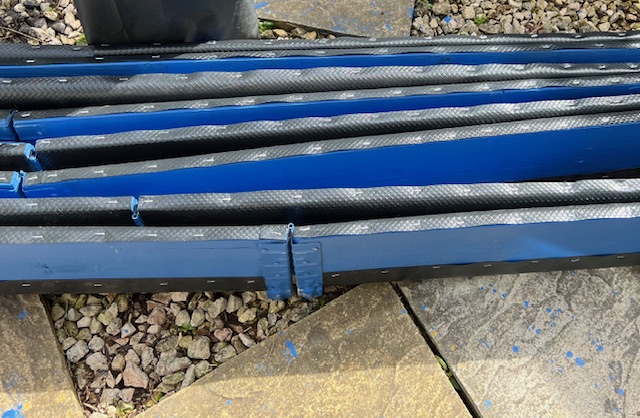
You can achieve this, if not for free, then for an awful lot less than I paid. Timber and builders’ merchants often offer pallet collars for free. It pays to ask and ring around. Also, had I thought about it, I’d have done a longer distance run to one of those Marketplace or Gumtree sellers flogging pallet collars for a fiver and bought in bulk. But hey, hindsight is 20/20. There are often people giving wood, bark chippings and even compost away for free too. It’s a case of waiting and watching, but I was in too much of a hurry. I don’t regret it one bit though, because taking care of it has become a pleasure rather than a nightmare.
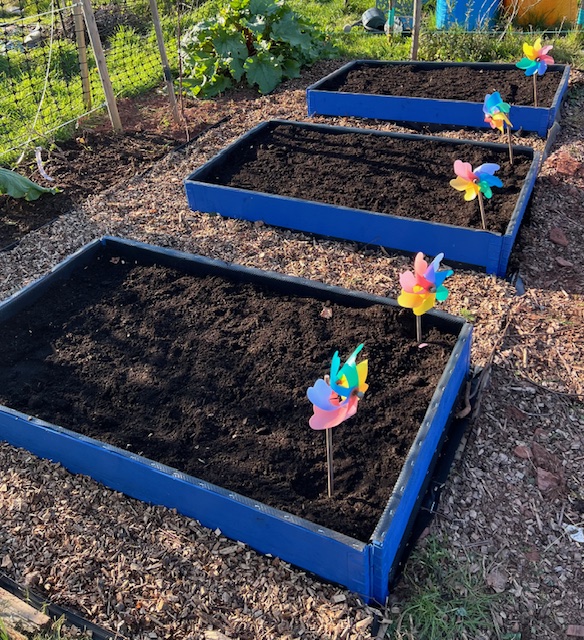
I’m just about to touch up the paintwork on my raised beds but they are still structurally sound. I’ve just installed two more. I had intended to have two rows of raspberries, but apparently they didn’t like the spot. Planted in bare earth, they never really thrived, instead sending out runners and reestablishing themselves in a raised bed! So, I’ve decided to listen to them – they obviously like it there. I’ve introduced some more bare root raspberries in the raised bed and relandscaped their original spot. After rotavating the space, I laid cardboard, membrane and woodchip, leaving room for two new raised beds, which I’ll be planting with peas and brassicas soon.
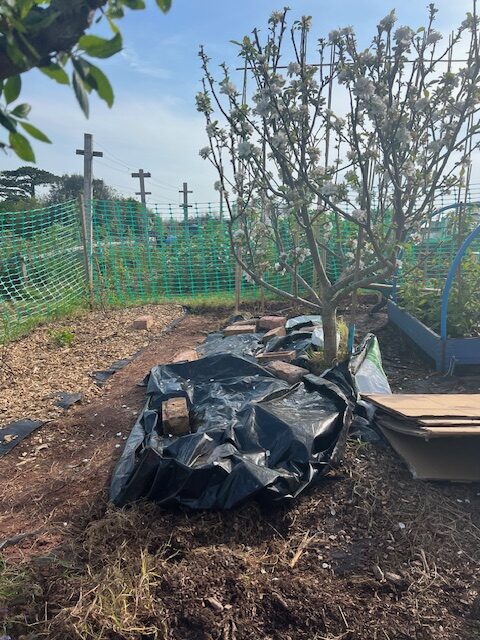
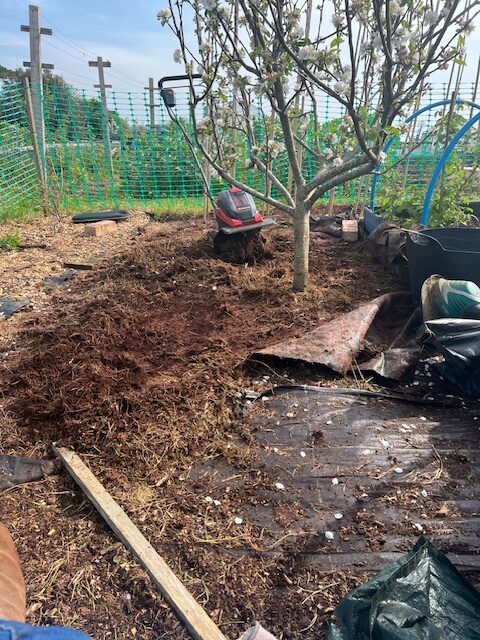
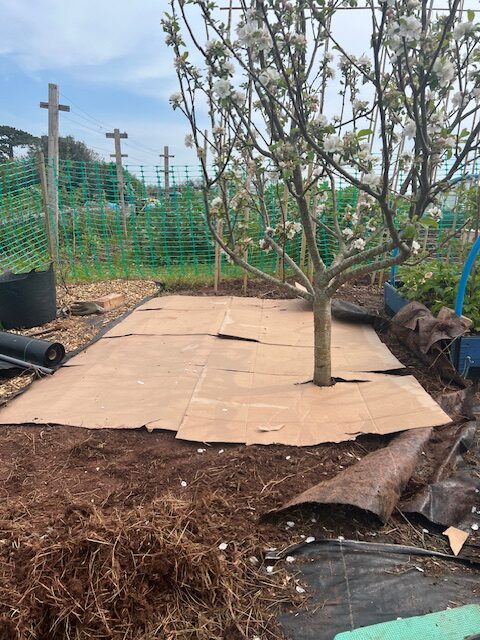
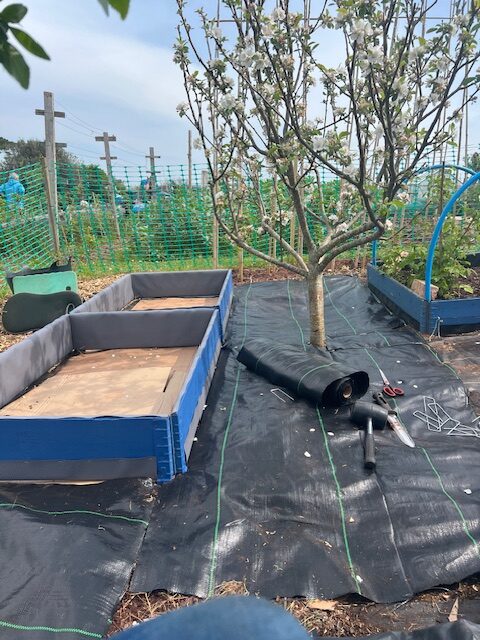
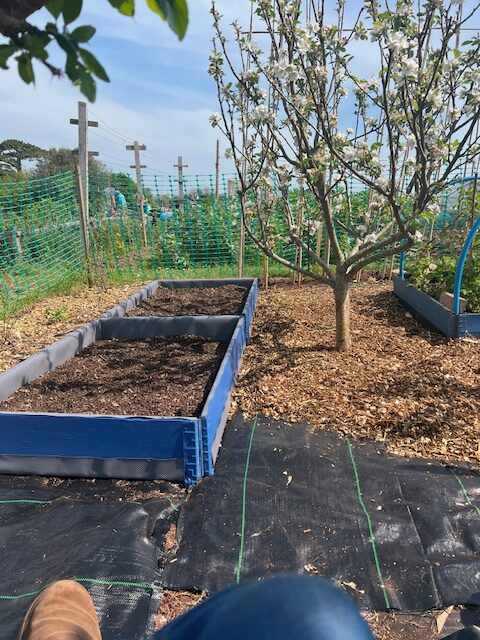
And for my next trick, I shall breathe new life in that poor, rusty old bench (which has served me well and hopefully will continue to do so).
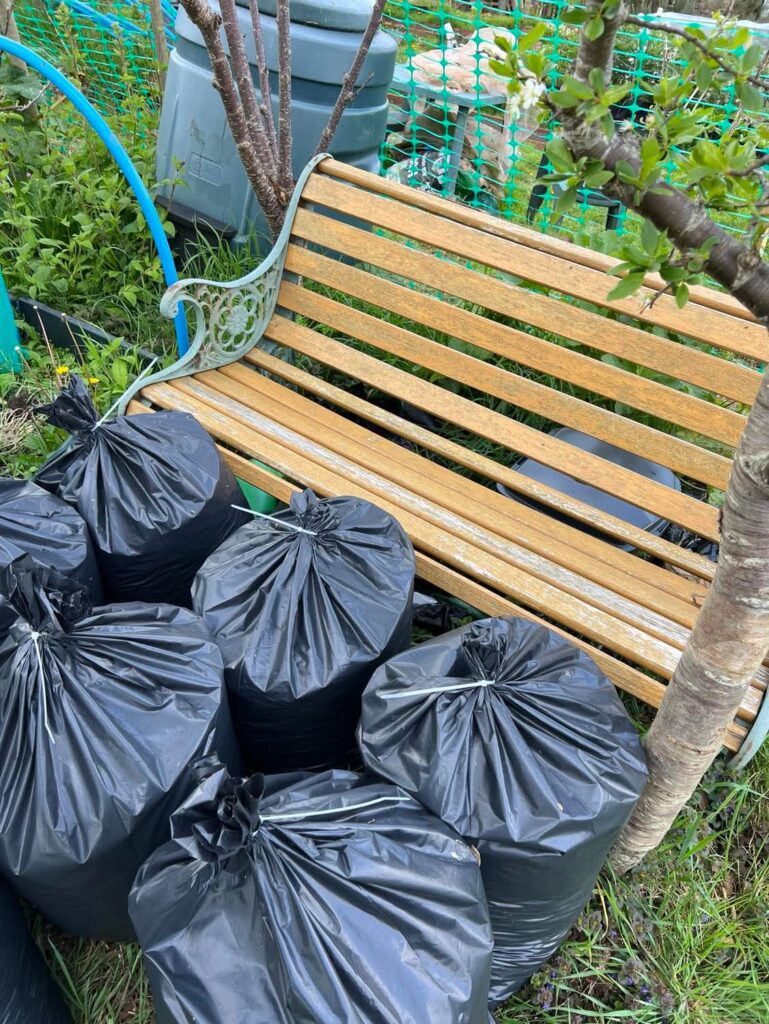

Leave a Reply